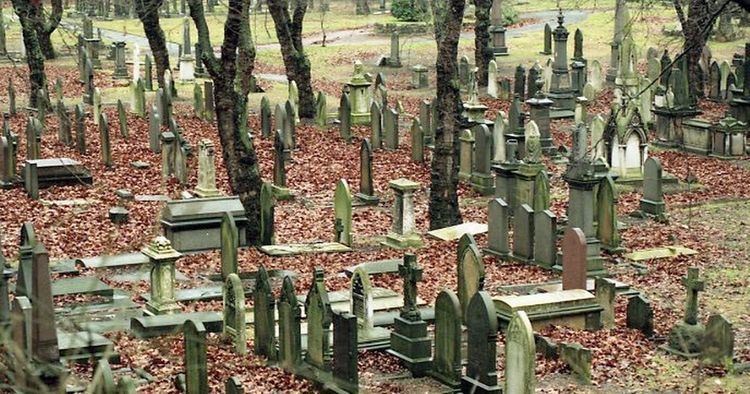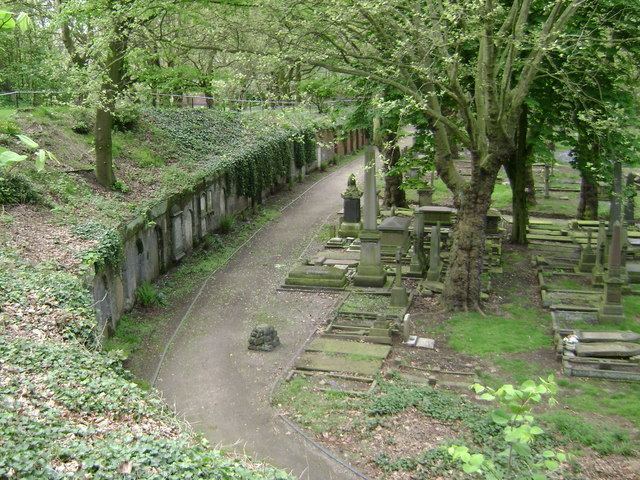Established 1836 Founded 1836 | Website fkwc.org | |
 | ||
Similar Witton Cemetery, Edgbaston Pool, Aston Reservoir, Adderley Park, Bartley Reservoir | ||
The haunted necropolis of key hill cemetery
Key Hill Cemetery, (OS grid reference SP059882), originally called Birmingham General Cemetery, a nonconformist (non-denominational) cemetery, is the oldest cemetery (not being in a churchyard) in Birmingham, England. It opened on 23 May 1836. Located in Hockley, the city's Jewellery Quarter, it is one of two cemeteries there (the other being Warstone Lane Cemetery, opened in 1847, and originally reserved for members of the established Church of England). The principal entrance is on Icknield Street (to the west), with a secondary entrance on Key Hill (to the north). The cemetery contains the graves of many prominent members of Birmingham society in the late 19th century, to the extent that in 1915 E. H. Manning felt able to dub it "the Westminster Abbey of the Midlands".
Contents
- The haunted necropolis of key hill cemetery
- Tnt news the key points of key hill cemetery heritage open day
- History and description
- Burials
- War Graves
- References

It is no longer available for new burials.
Tnt news the key points of key hill cemetery heritage open day
History and description

The cemetery was originally laid out for the Birmingham General Cemetery Company by local architect Charles Edge (d.1867). Many of its fittings and memorials are of architectural and artistic merit. The railings and entrance gates with imposing piers (all by Edge) are Grade II listed. The Greek Doric chapel, also by Edge, has been demolished. The cemetery is itself listed Grade II* on the Register of Parks and Gardens of Special Historic Interest. A campaign group, the Friends of Key Hill & Warstone Lane Cemeteries, lobbies to have the cemetery restored. The entrance piers and gates on both Icknield Street and Key Hill have been restored in recent years.
Burials

A comprehensive record of memorial inscriptions of existing memorials (and of some of those removed by Birmingham City Council) may be consulted through the Jewellery Quarter Research Trust's website.
Notable people buried in the cemetery include:
War Graves
There are 46 Commonwealth service war graves in the cemetery, commemorated by the Commonwealth War Graves Commission, 38 from the First World War (mostly in section L, none marked by headstones) whose names are listed on a Screen Wall memorial; and eight from the Second.
